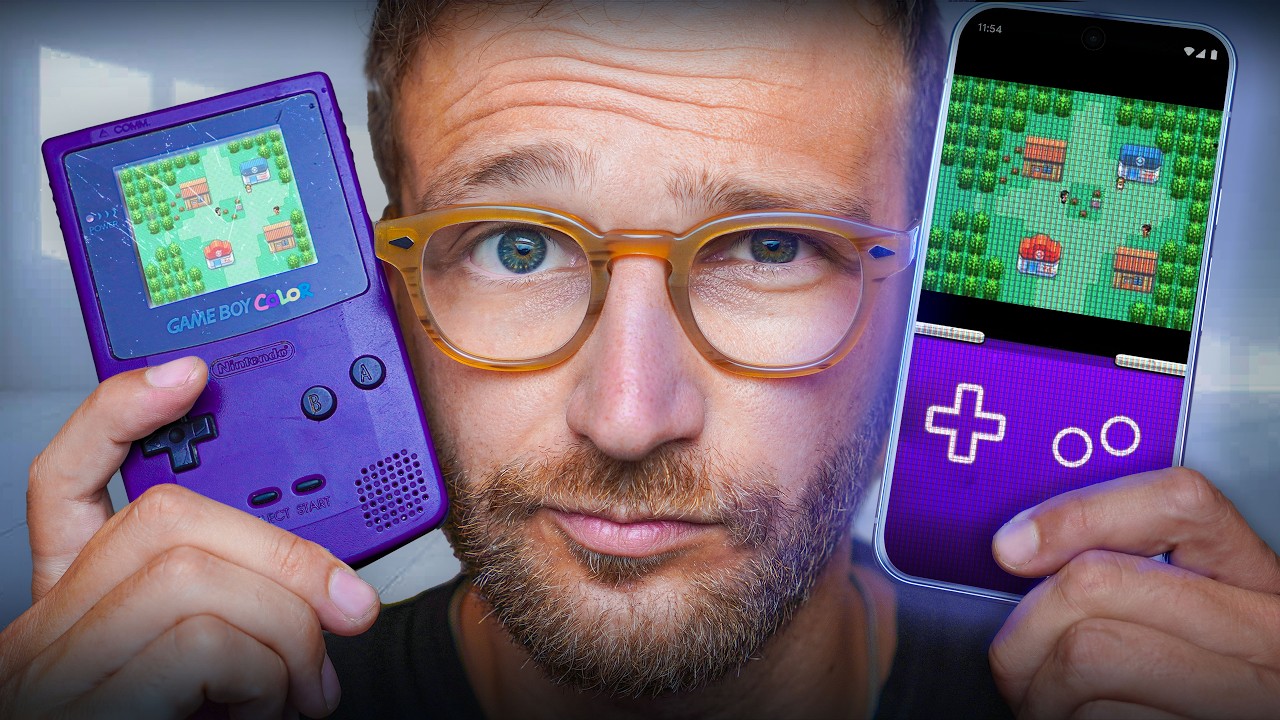The video explores the transition from physical interfaces to digital technology, highlighting the trade-offs in user experience, such as the loss of tactile feedback and control. It suggests a potential future where a blend of physical and digital elements could enhance user satisfaction, while also considering generational differences in interaction with technology.
The video discusses the evolution of technology from physical interfaces to digital ones, highlighting the trade-offs that have come with this transition. Initially, technology was characterized by tangible controls like buttons and levers, which provided users with a clear sense of control and interaction. As technology advanced, the focus shifted towards sleek, minimalist designs that favored digital interfaces, often sacrificing the physical elements that many users found satisfying and intuitive. This shift was driven by the desire for complexity in technology, which led to the removal of physical controls in favor of digital solutions.
Despite the advancements in digital technology, there has been a recent trend towards reintroducing physical elements into tech products. The video notes that while digital interfaces have made controlling complex technologies easier, they often lack the tactile feedback and engagement that physical buttons provide. This has led to a growing dissatisfaction among users, prompting companies like Apple to reintroduce physical buttons in their products, such as the iPhone and MacBook Pro. The resurgence of physical controls is not merely a nostalgic return but reflects a deeper human need for tangible interaction with technology.
The video also explores how the design of digital interfaces has been influenced by physical controls, emphasizing the importance of mimicking physical interactions to create intuitive user experiences. For example, digital buttons are designed to replicate the look and feel of physical buttons, incorporating animations and feedback that simulate the tactile experience. This design philosophy underscores the ongoing relevance of physicality in the digital age, as users continue to seek familiarity and comfort in their interactions with technology.
Moreover, the video highlights the implications of this shift for the development and manufacturing of technology. With digital interfaces, companies can quickly update software and features without the need for physical changes, allowing for faster iterations and releases. However, this flexibility has also led to concerns about the quality and reliability of new products, as they can be released with bugs that are later patched through updates. The automotive industry is cited as a prime example of this trend, where touchscreens have replaced physical buttons, often leading to user frustration.
In conclusion, the video posits that the future of technology may lie in a harmonious blend of physical and digital interfaces. Innovations like haptic displays and configurable knobs suggest a potential for creating products that combine the best of both worlds, offering users the tactile satisfaction of physical controls alongside the versatility of digital technology. As the video wraps up, it raises questions about the generational differences in interaction with technology, pondering whether future generations, raised solely on digital devices, will ever feel the same need for physical tech as those who grew up with it.
